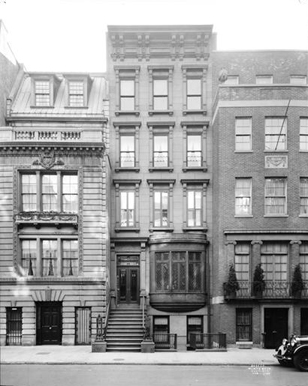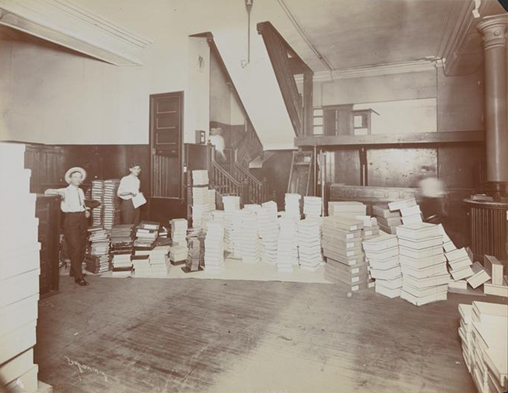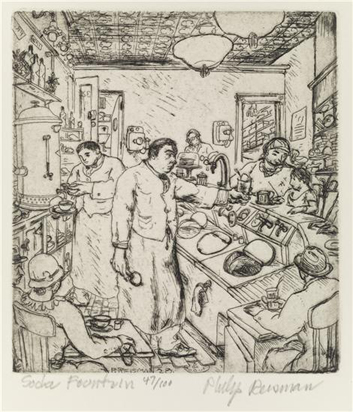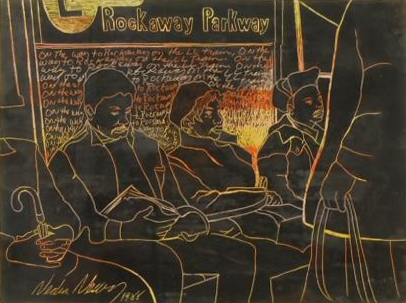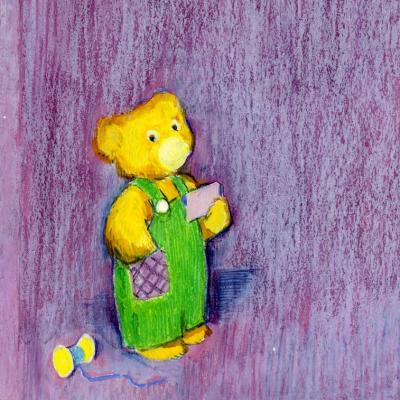Harriet the Spy
Imagining Her life in New York City
Wednesday, August 28, 2019 by
Did you visit A City for Corduroy, on view at the Museum from November 2018 to June 2019? In this exhibition, you learned that this cute little bear’s story is set in New York City, where his creator, Don Freeman, lived. Many other classic children’s (and adult) books feature the city prominently, and in the coming months, we will be looking at a few of these titles. As we immerse ourselves in the lives of these characters and their fictional urban life, we’ll explore items from our collections, taking a virtual walk through the actual city streets. Today we start with one of the great ones, Harriet the Spy.
This year is the 55th anniversary of the publication of Harriet the Spy. Harriet lives on the Upper East Side, in a brownstone on East 87th Street. Even though the exact address remains unspecified, we can imagine that her home may have looked something like this?
She uses a dumbwaiter (among other things) to spy on the people in her neighborhood. A dumbwaiter is nothing more than a very small freight elevator, typically used to move food, laundry, garbage, or anything small and heavy within a large house or apartment building. They can be used in commercial spaces too. The one shown below is a commercial, rather than residential example, but gives the idea.
For many children growing up outside New York, this book was their first introduction to the dumbwaiter, which is almost non-existent in places where the built environment does not rise above two stories. It also served as a first exposure to the egg cream, especially since it is nearly impossible to find one outside the tri-state area.
One of Harriet’s pastimes is to drink egg creams at her favorite luncheonette. The egg cream contains neither eggs nor cream, but is a mixture of milk, seltzer water, and chocolate or vanilla syrup. Perhaps her soda fountain resembled this one:
One of the interesting things about Harriet’s New York is how the author portrayed the economic gap between New York’s residents. Harriet herself is a child from a wealthy family with tremendous privilege; they have a cook, a full-time nanny, spend summer in the country, and Harriet attends private school. In one of the first scenes in the book, she travels via subway with her nanny to Far Rockaway and meets her nanny’s mother. She is shocked to see a tiny one-room beach shack and knows no one who lives like that.
Later, Harriett spies on a man who gives half his lunch to poor children, and another who lives alone with 26 cats and eats only yogurt. In contrast, she also spies on a couple who do nothing but purchase goods for their house to show off to the people they know. Though these stories were set in the 1960s, they already seemed to speak to the growing divide today between the city’s haves and have-nots.
Harriet would be 66 years old if she were alive today, and would long ago have transitioned to adulthood. However, there are parts of her fictional childhood experience that are indistinguishable from New York children’s experience today, like the social difficulties of school and living in very close proximity to neighbors. However, a notable difference is Harriett’s freedom to wander her neighborhood and spy on her neighbors, away from the watchful eye of her parents.
New York City remains a wonderful place to explore, no matter your age. Despite our reputation, most of us really do know our neighbors’ names.
